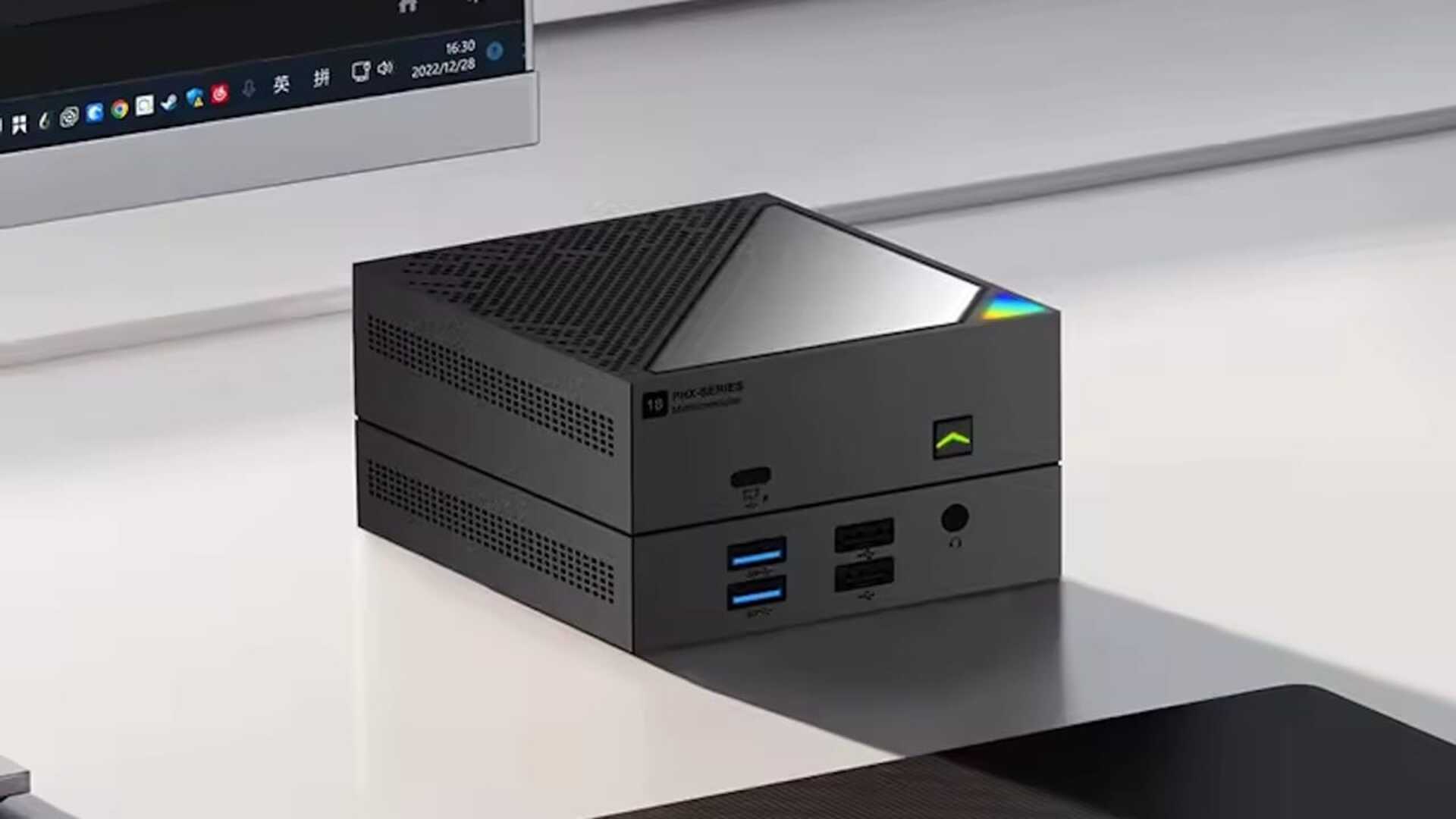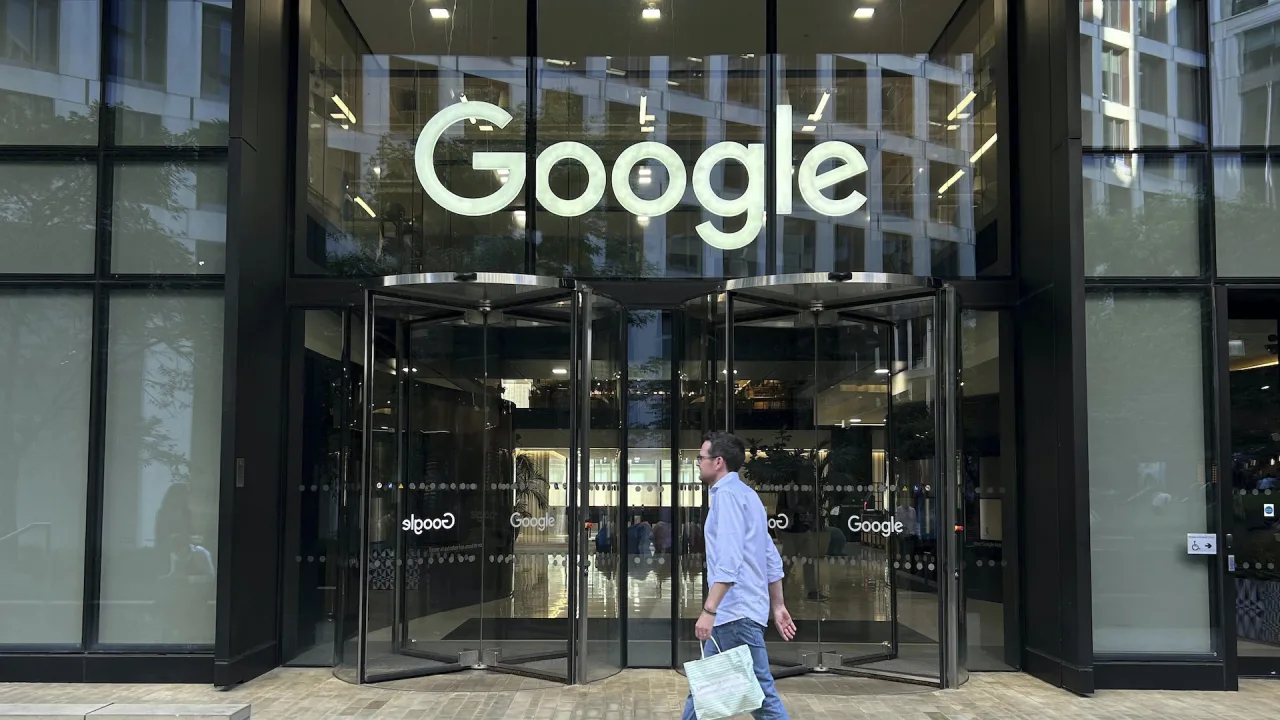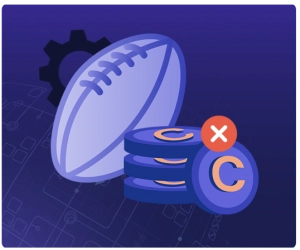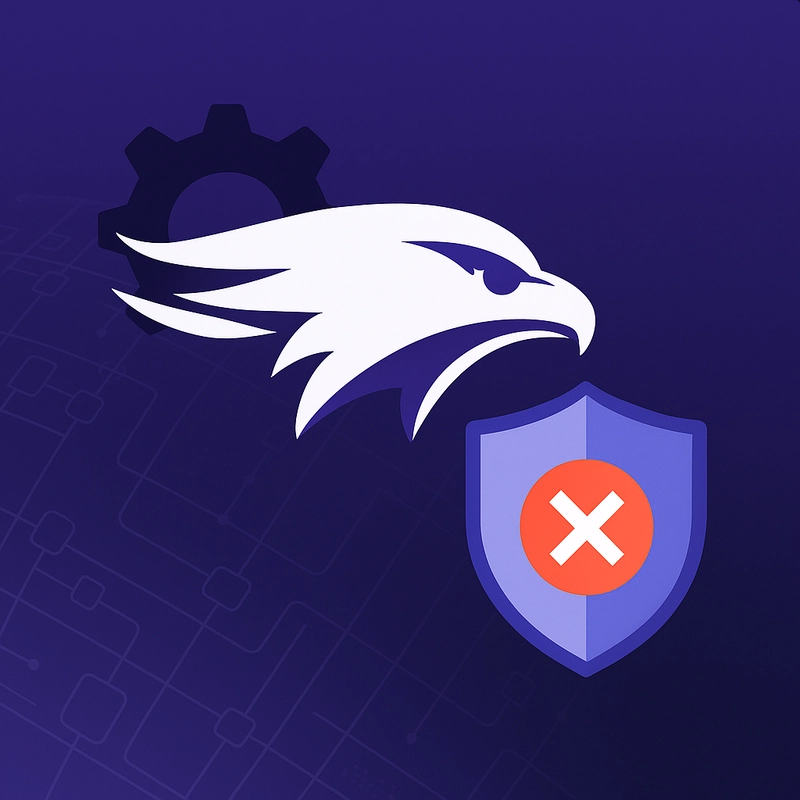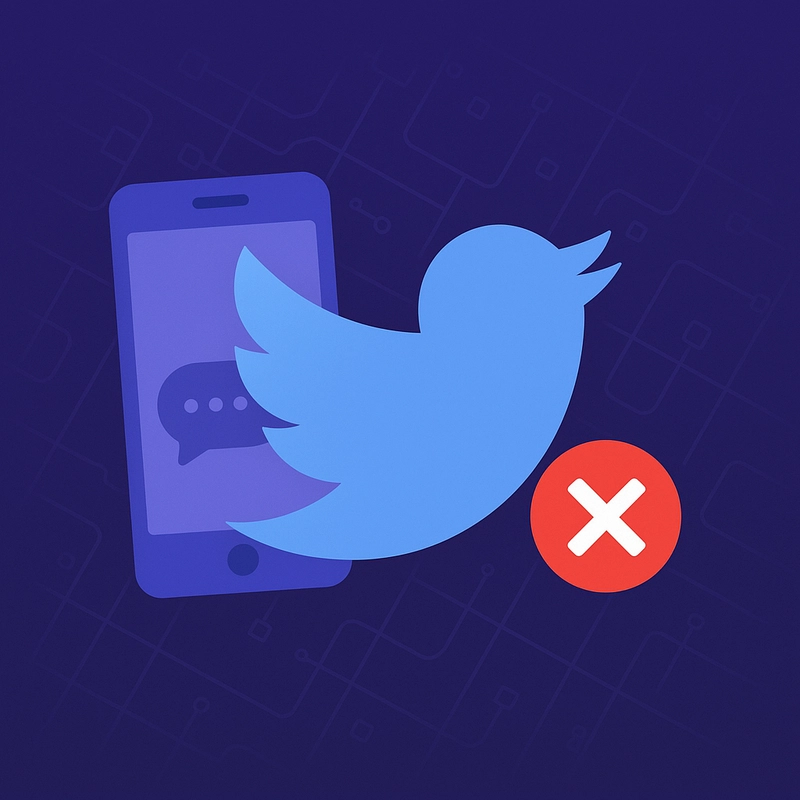When website crashes happen: 10 high‑profile failures & what happened
Website owners often learn the hard way that massive traffic is a double‑edged sword: more visitors mean more sales potential and more chances for a full‑blown website crash. From gaming apps and burrito chains to Big Tech clouds, these real‑world crash reports show why smart load testing, resilient hosting plans, and a well‑tuned content delivery network (CDN) belong on every reliability checklist. 1. Pokémon Go melts down on launch weekend (2016) Niantic’s AR phenomenon hit the app stores on 6 July 2016 and rocketed past 10 million installs in a week. By that first Saturday the game’s servers buckled under “gotta‑catch‑’em‑all” traffic patterns, knocking players offline worldwide. A hacking crew called PoodleCorp claimed a companion DDoS attack that worsened the overload. Why it happened: Cloud capacity was sized for launch‑day estimates, not the viral spike—and the back‑end lacked automatic scale‑out across multiple servers. Take‑away: Early, public “stress‑test weekends” plus regional CDNs could have smoothed the load, giving Niantic clean server‑capacity data before the full roll‑out. Source: International Business Times UK 2. Chipotle’s free‑guac promo topples checkout (2018) On National Avocado Day (31 Jul 2018) Chipotle promised free guacamole for any mobile or online order. Hungry fans flooded the app; order and payment APIs returned error messages and the promotion had to be extended an extra day. Why it happened: A single‑region Kubernetes cluster couldn’t burst fast enough; no caching layer for menu calls; no traffic throttling to the hosting provider. Take‑away: Promotions that compress demand into lunch‑hour windows need a dry‑run with synthetic users at 10 × expected load and a fallback queue page to protect the user experience. Source: Yahoo News 3. Amazon Prime Day starts with puppy‑error pages (2018) Prime Day 2018 kicked off at 3 p.m. ET on 16 Jul and immediately served images of Amazon’s office dogs instead of deals; analysts put the downtime at roughly an hour and sales losses in the tens of millions. Why it happened: A deployment mis‑routed requests to an under‑provisioned region; auto‑scaling lagged behind peak website traffic. Take‑away: Even a giant with cloud‑hosting muscle needs per‑event crash reports, canary releases and circuit‑breakers to shed non‑essential features when server resources spike. Source: ABC News {{cta('189501096262')}} 4. Google’s global sign‑in failure (2020) On 14 Dec 2020 an internal quota file for Google’s authentication back‑end was set to zero during a routine update. Every service that relies on Google‑sign‑in—Gmail, YouTube, Drive, Nest, third‑party OAuth—returned 500/401 for 45 minutes. Why it happened: Config change bypassed two‑person review; no chaos‑conf test for “nil quota”. Take‑away: Treat configs as code—staged roll‑outs, automated linting, and fault‑injection in staging surface update issues before they hit production. Source: The Guardian 5. Facebook/Meta’s six‑hour blackout (2021) A backbone script withdrew every Facebook AS‑number from the global routing table on 4 Oct 2021, taking down Facebook, Instagram and WhatsApp plus the internal VPN engineers needed to fix it. Why it happened: No CDN can help if the DNS itself vanishes—single control‑plane for production traffic and admin access. Take‑away: Keep break‑glass DNS and an out‑of‑band management network so a BGP typo doesn’t strand your ops team. Source: Reuters 6. Taylor Swift breaks Spotify (and Ticketmaster) (2022) At midnight ET on 21 Oct 2022, Swift’s Midnights album triggered nearly 8 000 outage reports on Spotify; three weeks later, Ticketmaster’s Eras Tour presale saw 3.5 million verified fans and the queueing system imploded. Why it happened: Write‑heavy playlist saves on Spotify; on Ticketmaster, mis‑configured bot‑mitigation and seating inventory locks. Take‑away: Viral “fan frenzies” demand scaled‑out session stores and edge traffic‑shaping—not just bigger EC2 instances. Source: CBS News 7. Coinbase QR ad overloads Super Bowl landing page (2022) A 60‑second Super Bowl ad with a bouncing QR code drove more than 20 million visits in a single minute, briefly crashing Coinbase’s landing page and app. Why it happened: Static landing file on a single origin; CDN mis‑configuration skipped edge caching. Take‑away: Pre‑warm the CDN, use server‑side rate limiting, and keep a light‑weight static fallback for bursts of massive traffic. Source: Decrypt 8. UCAS results‑day wobble (2023) On results day (17 Aug 2023) log‑ins to UCAS Clearing surged far beyond the 2022 peak, briefly overwhelming capacity. The site returned 500 errors for about 15 minutes until the autoscaling group spun up extra instances. Why it happened: Under‑sized autoscaling group and sticky sessions. Take‑away: Timestamped

Website owners often learn the hard way that massive traffic is a double‑edged sword: more visitors mean more sales potential and more chances for a full‑blown website crash.
From gaming apps and burrito chains to Big Tech clouds, these real‑world crash reports show why smart load testing, resilient hosting plans, and a well‑tuned content delivery network (CDN) belong on every reliability checklist.
1. Pokémon Go melts down on launch weekend (2016)
Niantic’s AR phenomenon hit the app stores on 6 July 2016 and rocketed past 10 million installs in a week. By that first Saturday the game’s servers buckled under “gotta‑catch‑’em‑all” traffic patterns, knocking players offline worldwide. A hacking crew called PoodleCorp claimed a companion DDoS attack that worsened the overload.
Why it happened: Cloud capacity was sized for launch‑day estimates, not the viral spike—and the back‑end lacked automatic scale‑out across multiple servers.
Take‑away: Early, public “stress‑test weekends” plus regional CDNs could have smoothed the load, giving Niantic clean server‑capacity data before the full roll‑out.
Source: International Business Times UK
2. Chipotle’s free‑guac promo topples checkout (2018)
On National Avocado Day (31 Jul 2018) Chipotle promised free guacamole for any mobile or online order. Hungry fans flooded the app; order and payment APIs returned error messages and the promotion had to be extended an extra day.
Why it happened: A single‑region Kubernetes cluster couldn’t burst fast enough; no caching layer for menu calls; no traffic throttling to the hosting provider.
Take‑away: Promotions that compress demand into lunch‑hour windows need a dry‑run with synthetic users at 10 × expected load and a fallback queue page to protect the user experience.
Source: Yahoo News
3. Amazon Prime Day starts with puppy‑error pages (2018)
Prime Day 2018 kicked off at 3 p.m. ET on 16 Jul and immediately served images of Amazon’s office dogs instead of deals; analysts put the downtime at roughly an hour and sales losses in the tens of millions.
Why it happened: A deployment mis‑routed requests to an under‑provisioned region; auto‑scaling lagged behind peak website traffic.
Take‑away: Even a giant with cloud‑hosting muscle needs per‑event crash reports, canary releases and circuit‑breakers to shed non‑essential features when server resources spike.
Source: ABC News
{{cta('189501096262')}}
4. Google’s global sign‑in failure (2020)
On 14 Dec 2020 an internal quota file for Google’s authentication back‑end was set to zero during a routine update. Every service that relies on Google‑sign‑in—Gmail, YouTube, Drive, Nest, third‑party OAuth—returned 500/401 for 45 minutes.
Why it happened: Config change bypassed two‑person review; no chaos‑conf test for “nil quota”.
Take‑away: Treat configs as code—staged roll‑outs, automated linting, and fault‑injection in staging surface update issues before they hit production.
Source: The Guardian
5. Facebook/Meta’s six‑hour blackout (2021)
A backbone script withdrew every Facebook AS‑number from the global routing table on 4 Oct 2021, taking down Facebook, Instagram and WhatsApp plus the internal VPN engineers needed to fix it.
Why it happened: No CDN can help if the DNS itself vanishes—single control‑plane for production traffic and admin access.
Take‑away: Keep break‑glass DNS and an out‑of‑band management network so a BGP typo doesn’t strand your ops team.
Source: Reuters
6. Taylor Swift breaks Spotify (and Ticketmaster) (2022)
At midnight ET on 21 Oct 2022, Swift’s Midnights album triggered nearly 8 000 outage reports on Spotify; three weeks later, Ticketmaster’s Eras Tour presale saw 3.5 million verified fans and the queueing system imploded.
Why it happened: Write‑heavy playlist saves on Spotify; on Ticketmaster, mis‑configured bot‑mitigation and seating inventory locks.
Take‑away: Viral “fan frenzies” demand scaled‑out session stores and edge traffic‑shaping—not just bigger EC2 instances.
Source: CBS News
7. Coinbase QR ad overloads Super Bowl landing page (2022)
A 60‑second Super Bowl ad with a bouncing QR code drove more than 20 million visits in a single minute, briefly crashing Coinbase’s landing page and app.
Why it happened: Static landing file on a single origin; CDN mis‑configuration skipped edge caching.
Take‑away: Pre‑warm the CDN, use server‑side rate limiting, and keep a light‑weight static fallback for bursts of massive traffic.
Source: Decrypt
8. UCAS results‑day wobble (2023)
On results day (17 Aug 2023) log‑ins to UCAS Clearing surged far beyond the 2022 peak, briefly overwhelming capacity. The site returned 500 errors for about 15 minutes until the autoscaling group spun up extra instances.
Why it happened: Under‑sized autoscaling group and sticky sessions.
Take‑away: Timestamped events (A‑level results, Cyber Monday, ticket drops) need pessimistic models—test at ten times last year’s peak website performance.
Source: The Independent
9. CrowdStrike driver bricks Windows fleets (2024)
On 19 Jul 2024 a faulty Falcon Sensor driver shipped to production, causing 0xEF BSODs on an estimated eight million Windows PCs and paralyzing airports, banks and retailers.
Why it happened: Rapid‑ring release jumped to 100 % without a broad canary; no bulk rollback path.
Take‑away: Kernel‑mode code needs a 1 % → 10 % → 25 % ramp with halt points, plus a signed‑driver rollback channel.
Source: Hacker News
10. X (Twitter) targeted by huge DDoS wave (2025)
The “Dark Storm” botnet launched multi‑terabit reflection floods plus layer‑7 write‑API spam. Legacy POPs still advertising origin IPs suffered rolling blackouts for almost four hours.
Why it happened: Incomplete migration to a new DDoS‑scrubbing provider and leaked origin addresses.
Take‑away: Edge protection is only as strong as the least‑modern node—verify 100 % coverage with red‑team botnet simulations and hide every origin behind the shield.
Source: Cyberscoop
What this means for site owners and hosting providers
Crashes rarely come from a single code error or “bad luck.” They’re the predictable result of untested server capacity, forgotten security vulnerabilities, or brittle single points of failure.
The antidote is continuous load testing, proactive website maintenance, and architectures that assume a server overload, a sudden DDoS attack, or a runaway promotion will happen tomorrow.
- Map real‑world traffic spikes (product launches, sales, media hits).
- Rehearse them with Gatling against staging and canary prod pools.
- Use a reliable hosting provider, autoscaling groups, and a global CDN.
- Keep redundant DNS, health checks, and automated rollback for every deployment.
Do that, and your next headline will celebrate record visitors—not costly downtime.
{{cta('189501096262')}}







































































































































































![[The AI Show Episode 146]: Rise of “AI-First” Companies, AI Job Disruption, GPT-4o Update Gets Rolled Back, How Big Consulting Firms Use AI, and Meta AI App](https://www.marketingaiinstitute.com/hubfs/ep%20146%20cover.png)
















































































































































































.jpg?width=1920&height=1920&fit=bounds&quality=70&format=jpg&auto=webp#)




















































































_Brian_Jackson_Alamy.jpg?width=1280&auto=webp&quality=80&disable=upscale#)

_Steven_Jones_Alamy.jpg?width=1280&auto=webp&quality=80&disable=upscale#)


 Stolen 884,000 Credit Card Details on 13 Million Clicks from Users Worldwide.webp?#)



































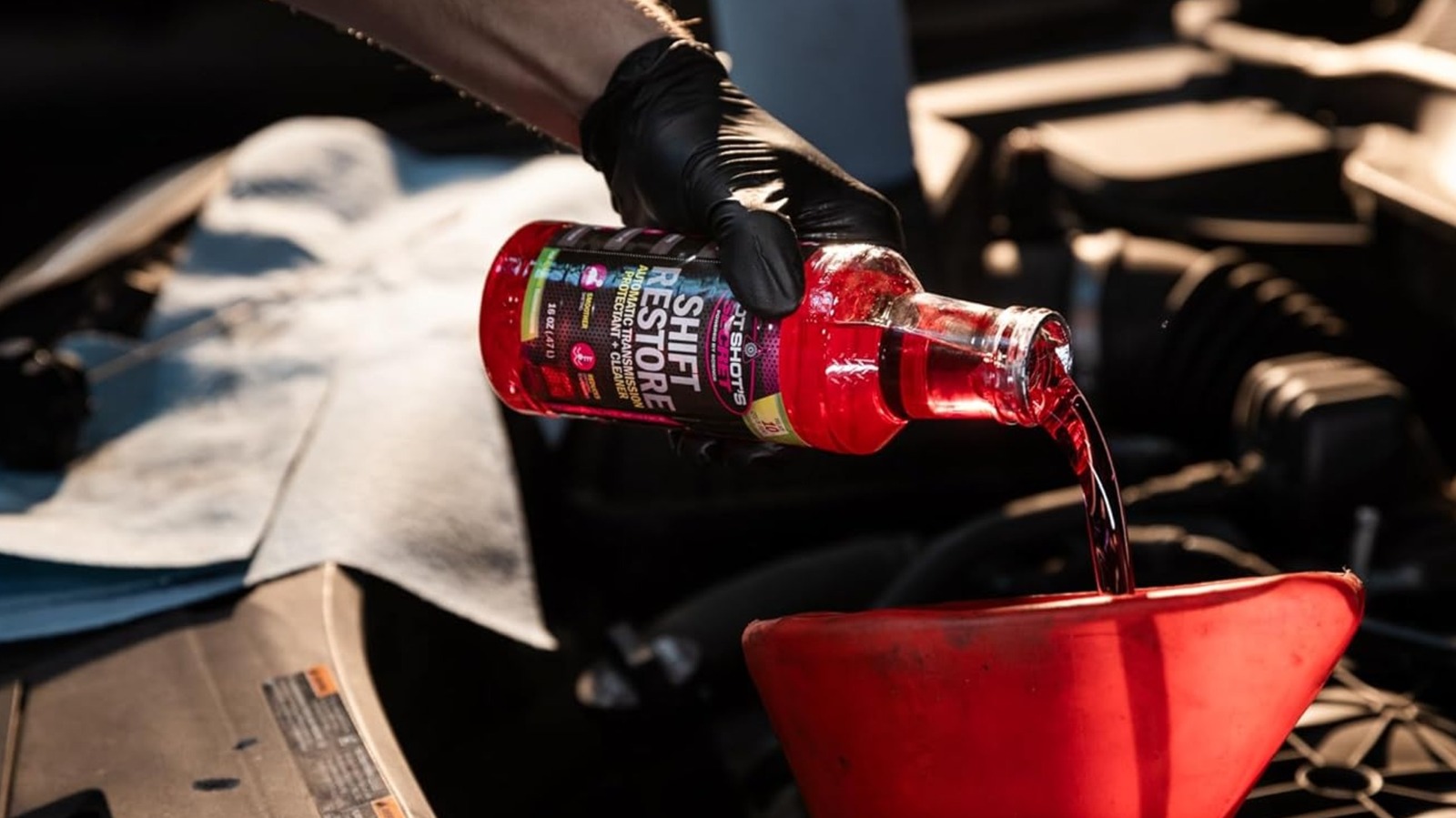













































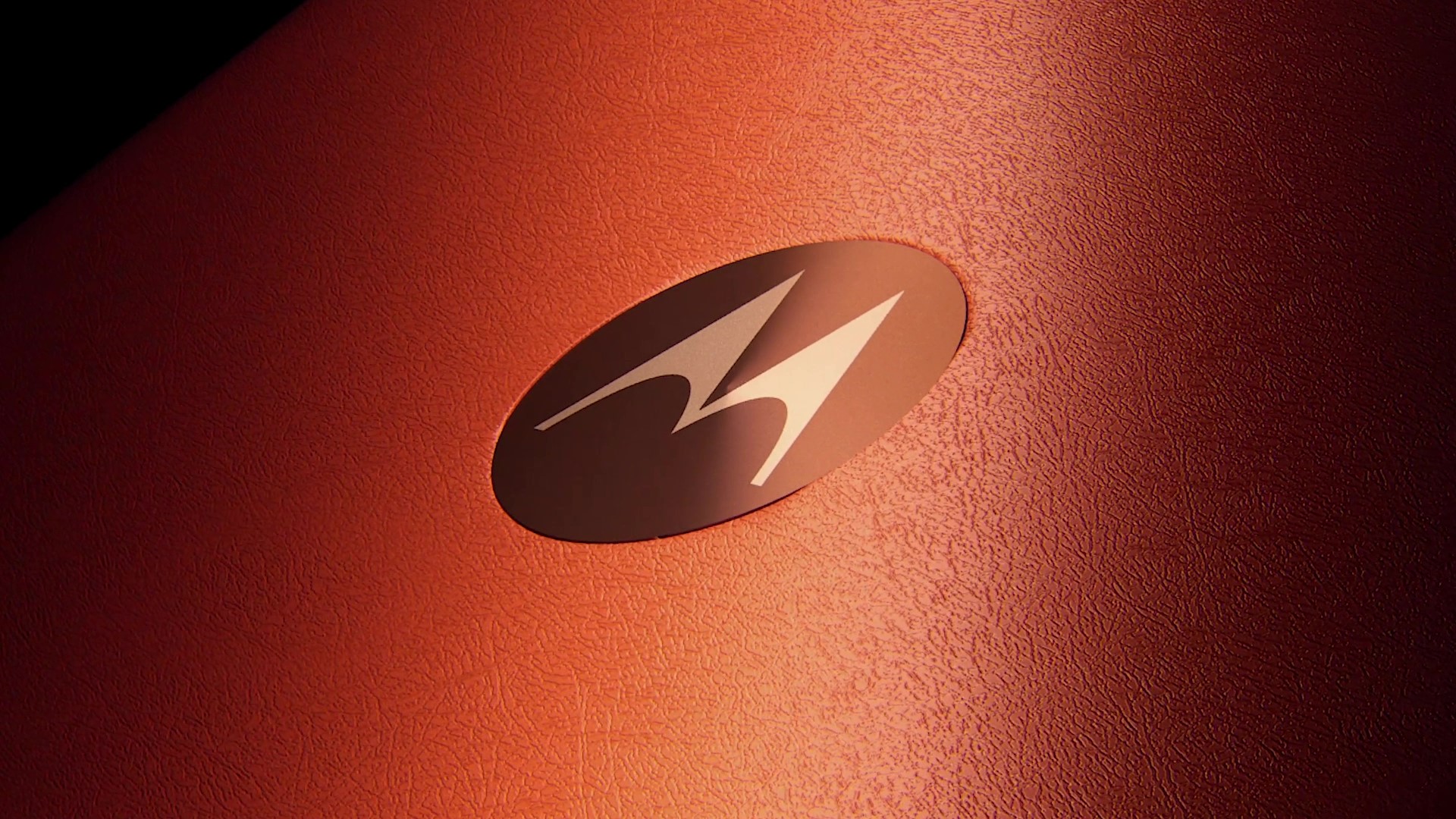

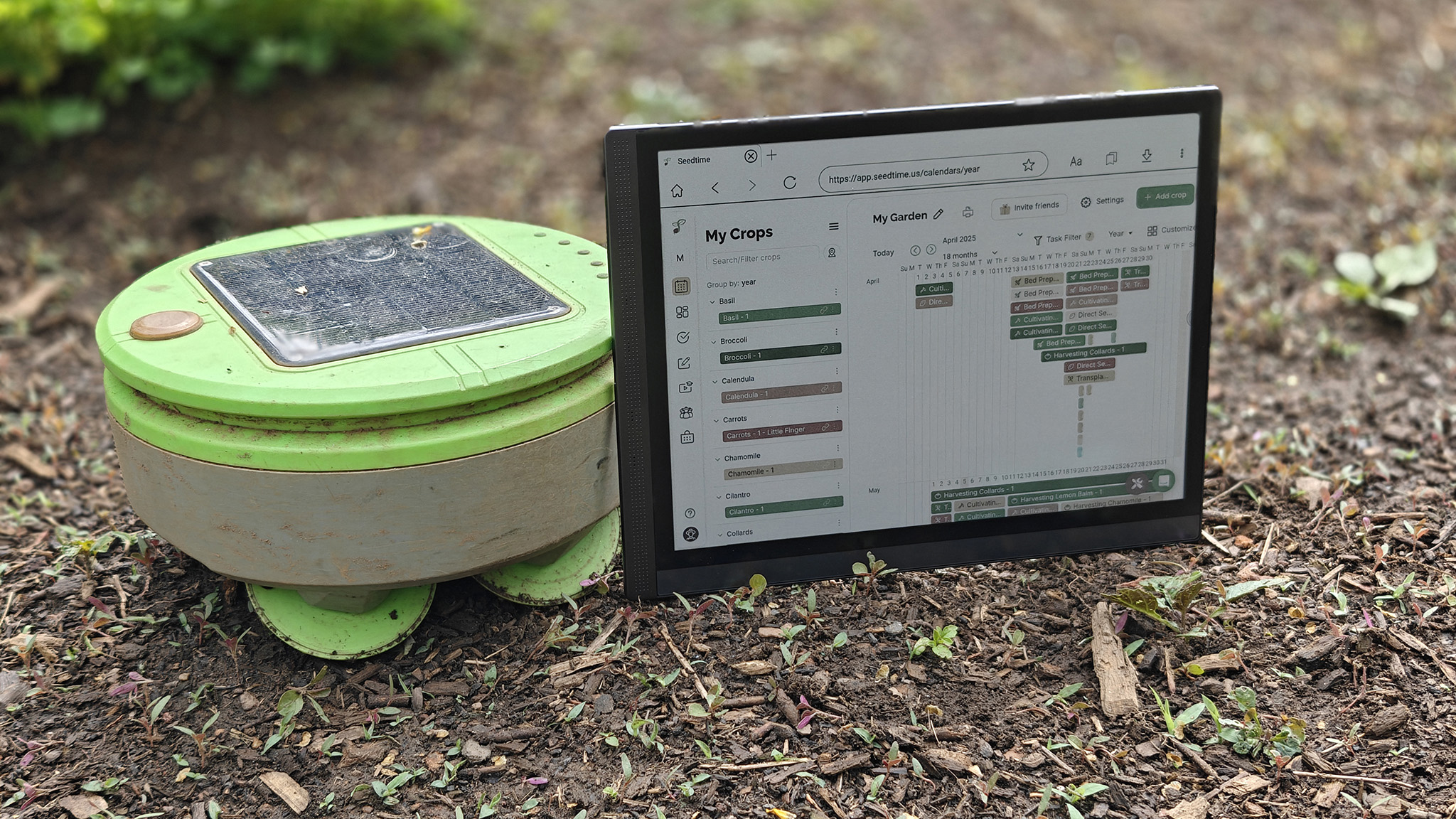










![Google rolling out Nest Wifi Pro April 2025 update [U]](https://i0.wp.com/9to5google.com/wp-content/uploads/sites/4/2022/10/Nest-Wifi-Pro-1.jpg?resize=1200%2C628&quality=82&strip=all&ssl=1)












![Apple Seeds visionOS 2.5 RC to Developers [Download]](https://www.iclarified.com/images/news/97240/97240/97240-640.jpg)
![Apple Seeds tvOS 18.5 RC to Developers [Download]](https://www.iclarified.com/images/news/97243/97243/97243-640.jpg)

![Apple Releases macOS Sequoia 15.5 RC to Developers [Download]](https://www.iclarified.com/images/news/97245/97245/97245-640.jpg)
















